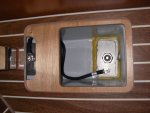Poey50
Well-Known Member
That is one of the articles that came up when I was researching my PBO article. Sensible stuff. What is a little difficult to follow is how this research that they mention was carried out. Or is it all theoretical?
Yes, annoying that no references are given.




